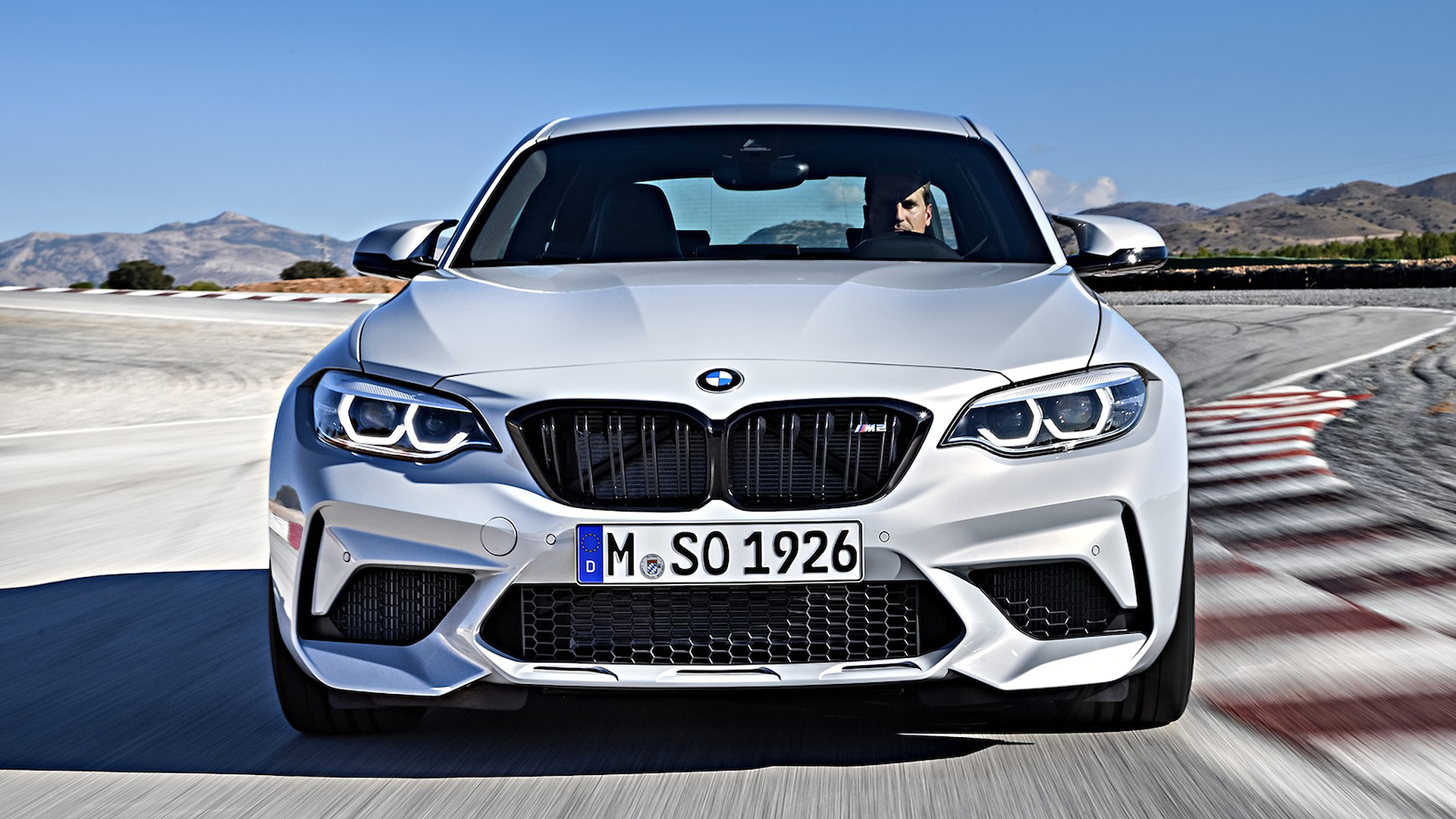

A proposal from the European Transport Safety Council (ETSC) to mandate speed limiters on all new vehicles sold in Europe has passed a vote by Members of European Parliament (MEPs).
First proposed in 2016, the speed limiters are but one of several safety features to be made compulsory by the vote, which also approved data-logging black boxes, automatic braking assists, and lane keeping tech. These and the speed governor are required to be fitted on all new vehicles within three years, reports Evo.
The ETSC says that what it calls Intelligent Speed Assist, or ISA, will use recognition software to read speed limits off road signs, and where none are present, GPS data. Engine output will be limited accordingly, though drivers will reportedly be able to temporarily override the limit by matting the throttle, which will continue to allow highway overtaking. Drivers who continue to keep their foot in it after completing the pass will receive an audiovisual warning regarding their speed.
“If the driver continues to drive above the speed limit for several seconds, the system should sound a warning for a few seconds and display a visual warning until the vehicle is operating at or below the speed limit again,” states the ETSC.
The ETSC projects that speed limiters will reduce collision rates by 30 percent, and save 25,000 lives in the 15 years after its introduction.
Speed limiters and similar safety technologies are not the result of an overreaching nanny state, but the changing attitudes of Europeans regarding road safety. A poll found that a slight majority of Germans (52 percent) approved of imposing speed limits along the entire stretch of the country’s Autobahn highway system, famous for having delimited sections, though Germany’s transportation minister stands against limiting the road. Even if Germany scraps its delimited stretches of road, a proposal from a California lawmaker could open up unlimited-speed lanes on some California highways, preserving the Autobahn dream for years to come.